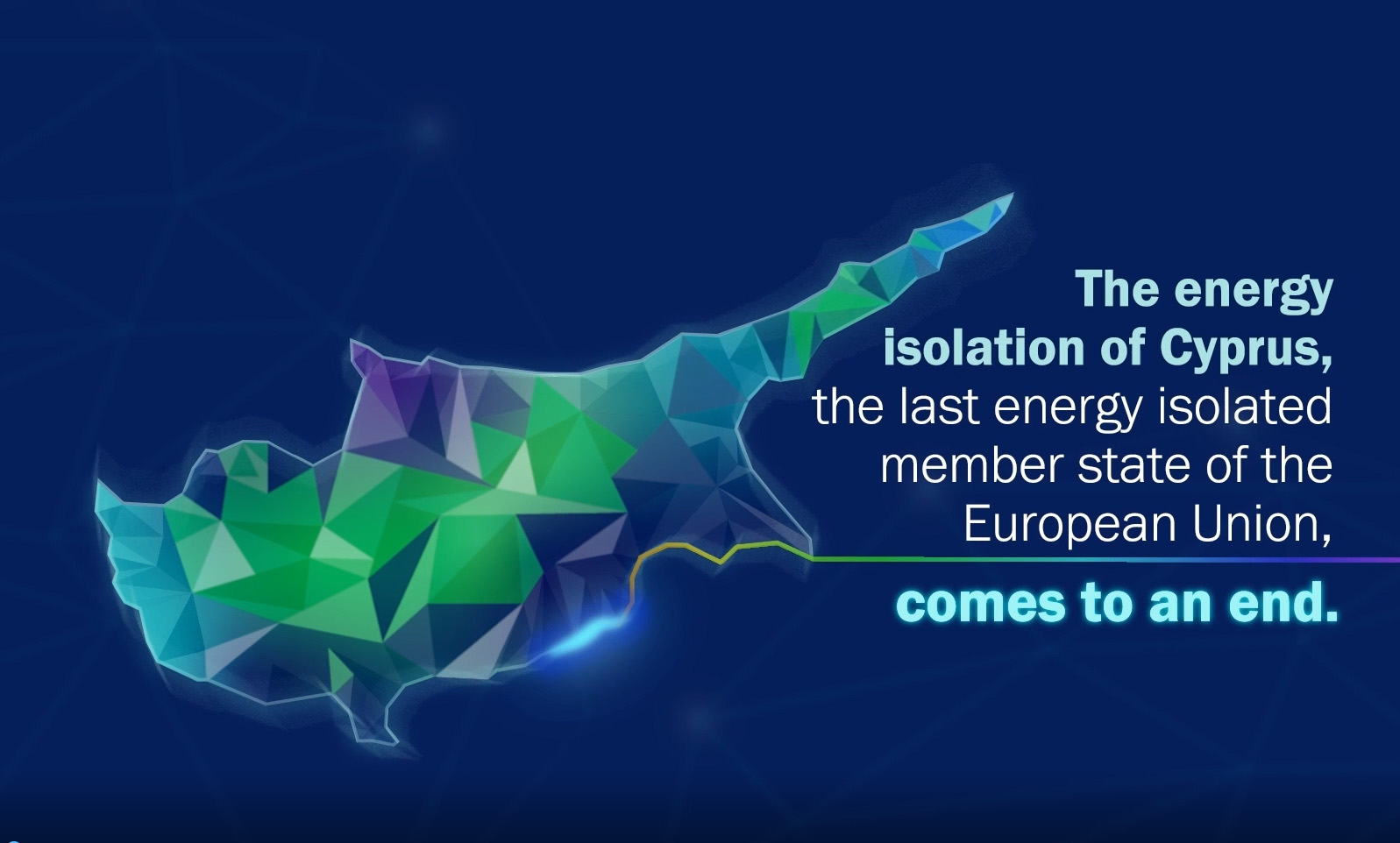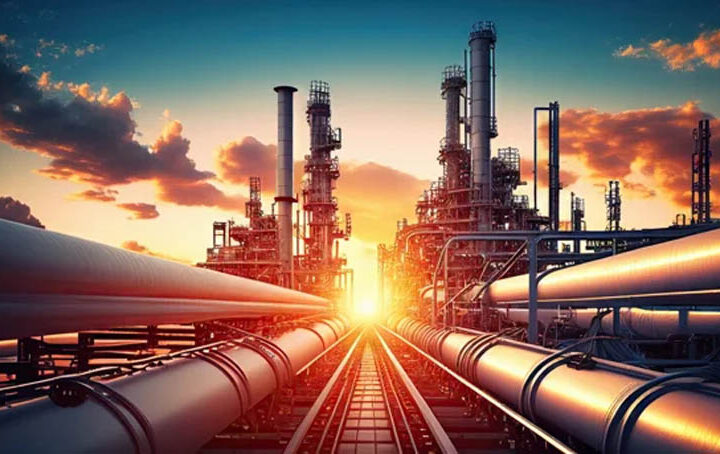European Energy Commissioner Kadri Simson and President Nicos Anastasiades will inaugurate the EuroAsia Interconnector electricity cable construction on Friday during a high-profile ceremony in Nicosia.
Here for the event at the Presidential Palace will be the Energy and Environment Minister of Greece, Kostas Skrekas, his counterparts from the Middle East, diplomats and energy officials from the European Commission, and the US State Dept.
The ceremony coincides with the “EMGF – Energy Transition Conference” hosted by Cyprus on the occasion of the Presidency of the regional intergovernmental organisation East Mediterranean Gas Forum (EMGF).
Here for both events, Commissioner Simson has been campaigning for the energy security of supply, a problem exacerbated after Russia’s war in Ukraine and the interruption of natural gas and electricity flows to Europe.
Simson has been pushing for fast-tracking cross-border energy projects to ensure the European Union does not fall hostage to the whims of regional energy producers.
Within this context, the EuroAsia Interconnector has gained importance, as Commission President Ursula von der Leyen considers it “the longest and deepest” electricity cable project in the world.
The 1,000MW interconnector planned to double in capacity during the next phase to 2,000MW has secured a Commission grant of €658 mln and a further €100 mln from the Recovery and Resilience Fund, making it a reliable and commercially viable infrastructure achievement.
President Anastasiades, who has placed the project high on his priorities and tasked its implementation and delicate negotiations to Energy Minister Natasa Pilides, has promoted the EuroAsia Interconnector at bilateral and trilateral summits held in Nicosia, Athens, Tel Aviv, and Cairo.
The US government has also embraced the project as part of its “3+1” initiative to help Europe secure its energy supplies.
It will connect the Cypriot, Greek and Israeli power grids.
Construction is expected to be completed by the end of 2027, with global giants Siemens and Nexans constructing the high voltage direct current (HVDC) converter stations and the subsea cable, respectively.
The first HVDC station will be built at Kofinou, where the cable will arrive from Israel, providing electricity generated from renewables (solar and wind) and transmitted to Crete and the entire European power grid.
The project will also help Cyprus meet its targets to drastically reduce CO2 emissions in power generation and fulfil the European obligation to become a fully interconnected market, currently the only EU member with no electricity interconnections.
Effectively, the EuroAsia Interconnector will become the backbone for a free and open electricity market, with the ultimate benefit going to the consumer, who will see a drastic reduction in electricity bills and costs by about €200 mln a year.
The project’s CEO, Nasos Ktorides, is expected to speak at the inauguration ceremony highlighting the ten-year path of this landmark infrastructure, emphasising how it will help Cyprus achieve environmental and energy objectives towards a more competitive, sustainable, and greener economy.










